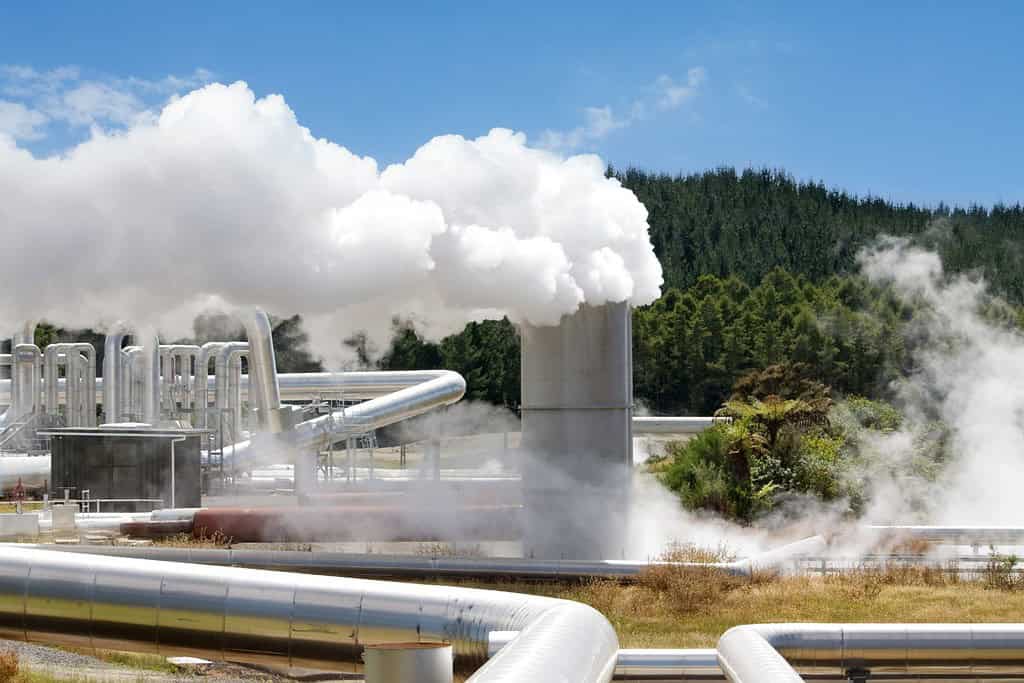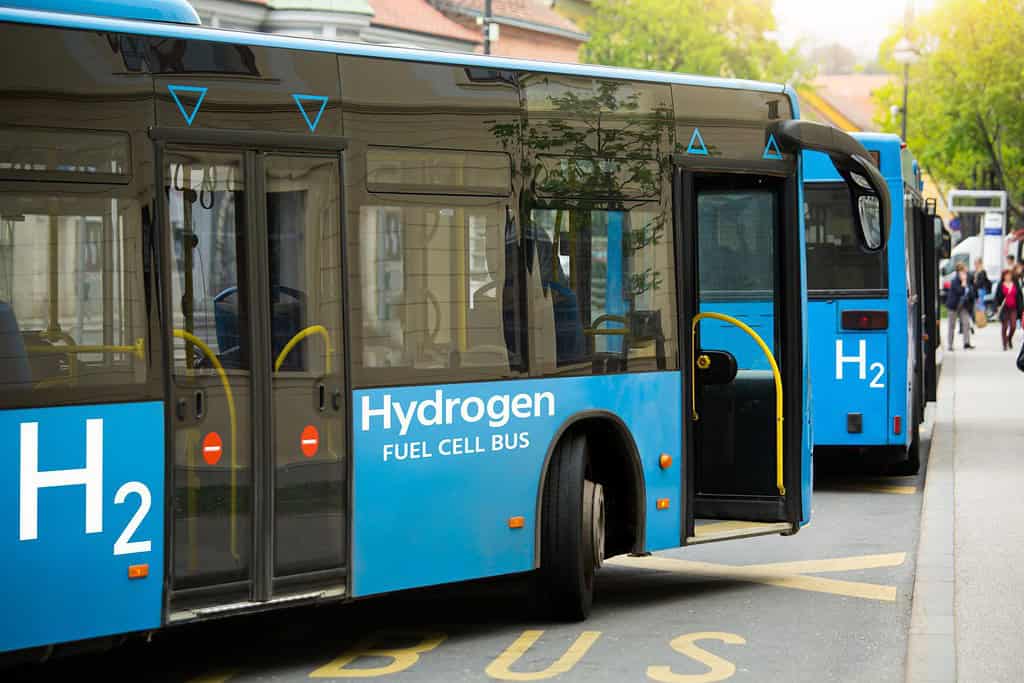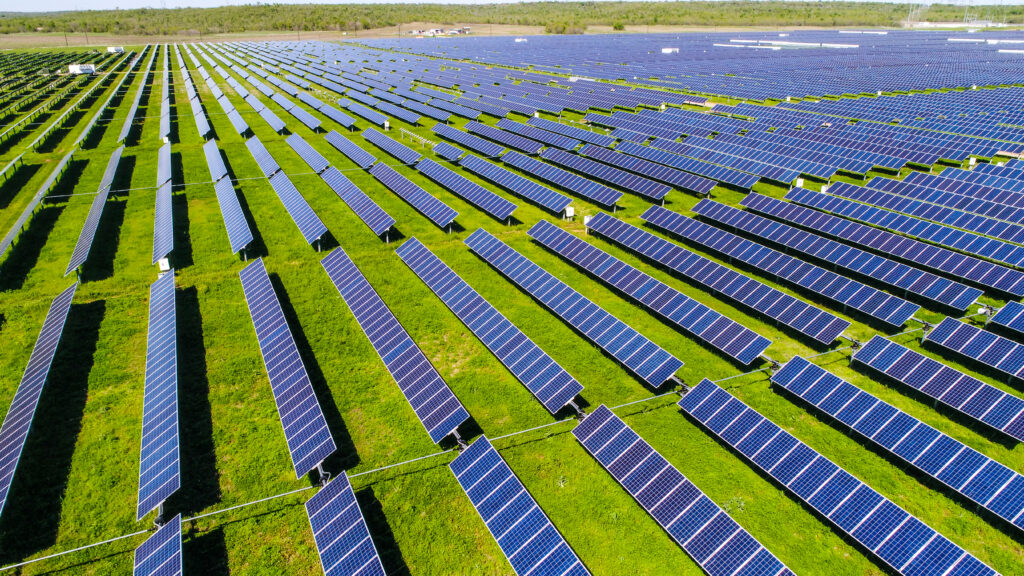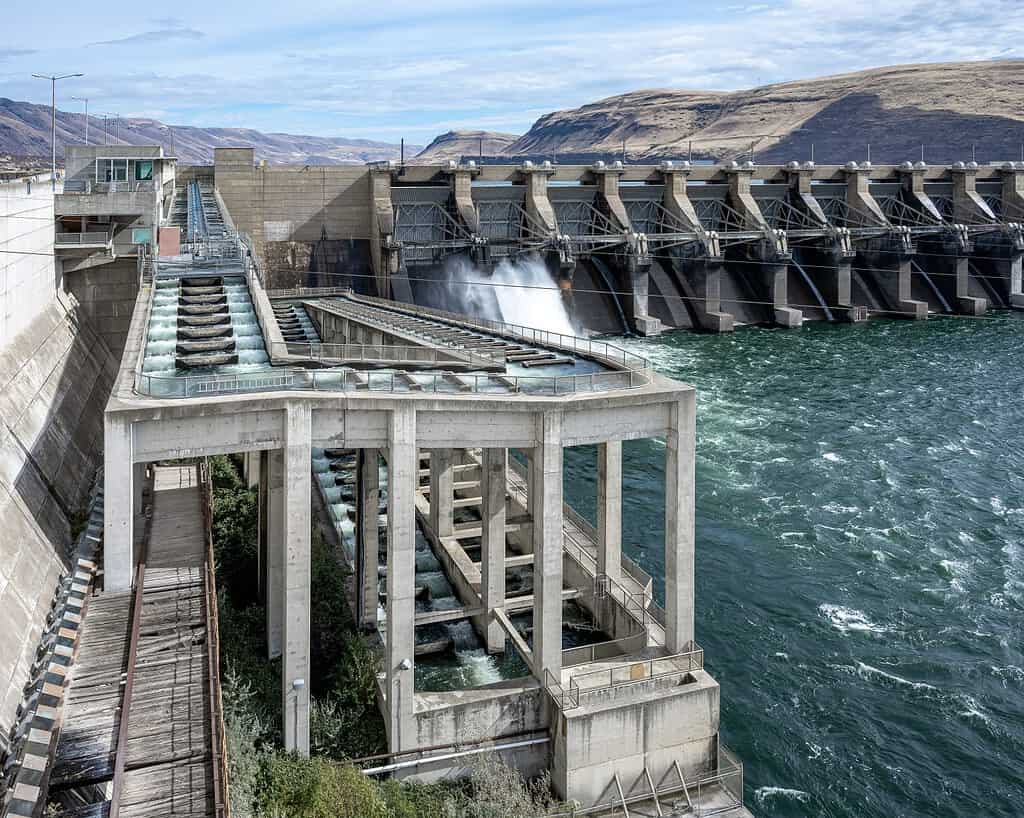Clean energy is all the rage these days, and billions of dollars are being invested in it. Countries, companies, and investors who place their bet on the right technologies could see their investment pay off big time. Place your bets wrong, though, and you could sink your resources into what will prove to be a sideline in the big story of the new energy economy.
We’ve analyzed the main clean energy sources being discussed in the labs, boardrooms, and around the water coolers of the world with our take on the pros and cons of each. We’ve put them in alphabetical order, and at the end will give our best assessment. See if you agree.
1. Biomass

Many different types of plants, including corn, can be used to generate electricity from biomass.
©Qin PinLi/ via Getty Images
How Does It Work? – Wood, grain, algae, or other organic materials are used as a biofuel source to run a power plant. Their energy can be released through burning, bacterial decay, or converting biomass into liquid fuel, such as corn-based ethanol.
What Are the Pros?
- Incentivizes planting forests and crops with multiple uses.
- Can reduce organic waste in landfills.
- It can be used reliably whenever needed during peak demand.
What Are the Cons?
- The fuel source must be cultivated, transported, and stored.
- Requires a lot of space for biomass production and storage.
- Uses a lot of water and can release dangerous emissions.
2. Geothermal

Geothermal plants have to be built in areas where the local geography is suitable.
©N.Minton/Shutterstock.com
How Does It Work? – The facility pumps geologically-heated water at high pressure from deep underground. As the pressure drops, the water turns to steam, spinning a turbine that activates a generator to produce electricity.
What Are the Pros?
- A reliable and constant energy source.
- Does not take up a large land area.
- Scalable up to large power plants or down to a heat pump for a single building.
What Are the Cons?
- Must be located in an area with suitable geology.
- Requires an expensive up-front investment.
- In some areas, extraction of water can destabilize the ground above.
3. Hydroelectric

Hydroelectric power is typically generated by building dams and reservoirs.
©iStock.com/hugy
How Does It Work? – As water flows through the sluices of a dam, it turns a turbine connected to a generator to create electricity.
What Are the Pros?
- A renewable energy source.
- Inexpensive over time. Electricity sales eventually vastly exceed the initial investment.
- If well-maintained, large dams can last for thousands of years.
What Are the Cons?
- Expensive up-front investment.
- Can be unsustainable during extended droughts.
- Disrupts river ecology.
4. Hydrogen Fuel Cells

In some areas, hydrogen fuel cells are used to power metropolitan buses.
©Scharfsinn/Shutterstock.com
How Does It Work? – A catalyst separates hydrogen molecules into protons and electrons. The electrons go through a circuit, generating electricity.
What Are the Pros?
- Hydrogen is abundant. Sea water can be a fuel source.
- The byproducts of the fuel cell are harmless water vapor and heat.
- Has twice the fuel economy of gasoline vehicles.
What Are the Cons?
- Expensive to manufacture and store.
- Fuel requires extremely high pressure for storage, which can create an explosion hazard.
- The infrastructure for producing, transporting, and storing hydrogen and refueling vehicles is not in place.
5. Nuclear

Nuclear plants
rarely have accidents, but when they do, the public doesn’t forget!
©TonyV3112/Shutterstock.com
How Does It Work? – Radioactive elements in controlled conditions heat up water to generate high pressure steam, turning a turbine and powering an electric generator.
What Are the Pros?
- Generates a very large amount of relatively inexpensive electricity.
- Power generation is constant and independent of weather conditions.
- Nuclear power releases zero carbon emissions.
What Are the Cons?
- Building plants is enormously expensive and can take a decade or more.
- Radioactive fuel is dangerous to mine, process, and dispose of.
- Nuclear accidents may release radiation.
6. Solar

Solar farms have relatively little environmental impact.
©Roschetzky Photography/Shutterstock.com
How Does It Work? – Semiconductor materials in solar panels absorb sunlight and release an electric charge.
What Are the Pros?
- Low maintenance costs.
- An inexhaustible power source.
- Little environmental impact.
What Are the Cons?
- Doesn’t work at night or under heavy cloud cover.
- The efficiency of solar panels decreases as they age.
- Solar panels contain toxic materials that can impact the environment in manufacture and disposal.
7. Wind

Some people consider
wind turbines
unsightly and noisy.
©Rafa Irusta/iStock via Getty Images
How Does It Work? – The wind turns huge turbine blades that activate a generator that produces electricity.
What Are the Pros?
- A small footprint. Land around them is still available for farming, ranching, or other purposes.
- Can provide reliable energy in areas where wind is nearly constant, such as coastal areas.
- Useful to generate smaller amounts of electricity for isolated communities.
What Are the Cons?
- They disrupt the view, and some people find their noise annoying.
- They can negatively impact wildlife, especially birds.
- The best sites for them are often remote from large population centers where the electricity is most needed.
The Best Clean Energy Source Depends . . .

Many factors go into the decision of what power source to use.
©Suphaksorn Thongwongboot/Shutterstock.com
So what’s the best clean energy source? Well, the answer depends.
- Where do you live? Sunny Arizona? The windy coast of Maine? By hot springs in volcanic Hawaii? In some places, there’s a natural and obvious advantage to some clean energy sources.
- How much energy do you need? Are you looking to power a house or a city? Some clean energy sources are scalable, others not so much.
- Do you need to go on the road with it? Will the energy be used in a fixed place, or do you need a power source for a vehicle? You’ll want an electric battery, ethanol, or a hydrogen fuel cell for your car.
- What is your tolerance level? If it saved you a lot on your electric bill, would you be ok living by a nuclear power plant, putting up with some sound and visual pollution from a wind turbine, or interfering with salmon migration by damming a river?
As you can see, there is no one best clean energy source for all applications. It’s likely that in the future, we will continue using a mix of technologies for different applications.
Our Choice

Hydroelectric power has the added economic and social benefit of creating recreation opportunities on reservoirs.
©Rock and Wasp/Shutterstock.com
We’re not going to flake out on you with a non-answer, though. All things considered, if we had to just pick one, our vote would be for hydroelectric power. And here’s why:
- This is a zero-emission, clean, renewable power source.
- Large dams can last thousands of years. They’re a long-term solution.
- The large initial investment pays for itself over time with electricity sales.
- The reservoirs created help regulate flooding, provide a more reliable water supply, provide a refuge for wildlife, and a place for recreation for people.
- They do not require production, transportation, or storage of a fuel source.
- Electricity can be generated around the clock and is largely independent of weather conditions (except long-term drought).
- This is a well-established, proven technology that does not rely on scientific breakthroughs to work cost-effectively.
- The materials to build a dam and generator are common, not exotic, high-tech, or radioactive.
- Hydropower produces no waste products to be disposed of except for replacement machinery as it ages over decades.
- Although the energy source is non-portable, the electricity it creates can be stored in batteries for electric-powered vehicles and other portable power needs.
Problems With Our Choice

Fish ladders like this one at John Day Dam allow salmon, sturgeons, eels, and other species to move upstream around the dam.
©Dominic Gentilcore PhD/Shutterstock.com
We understand that hydroelectric power is hugely controversial. Over the years, many rural people have had their land confiscated to build reservoirs. Dams have disrupted the environment by interfering with fish migration, altering water levels and temperatures, and accumulating silt that lowers water quality. This is especially concerning when the area hosts endangered species. Reservoirs can also attract large numbers of vacationers to areas that were once pristine wilderness. This can be great for the local economy but lousy for the environment and local people who no longer recognize their community. It’s no wonder that many people favor dam removal and returning rivers to their natural states.
Our response to this is to observe that in the bigger picture, the move to clean energy is about protecting the planet as a whole from dangerous greenhouse gas emissions. Climate change poses a much greater threat to human, animal, and plant life around the world than the serious but localized problems of damming rivers. Futuristic technologies capture our imaginations and merit continued research and development, but each of them has limitations and issues that, for now at least, cannot overcome the advantages of a more proven clean energy technology.
The photo featured at the top of this post is © Diyana Dimitrova/Shutterstock.com
Thank you for reading! Have some feedback for us? Contact the AZ Animals editorial team.







